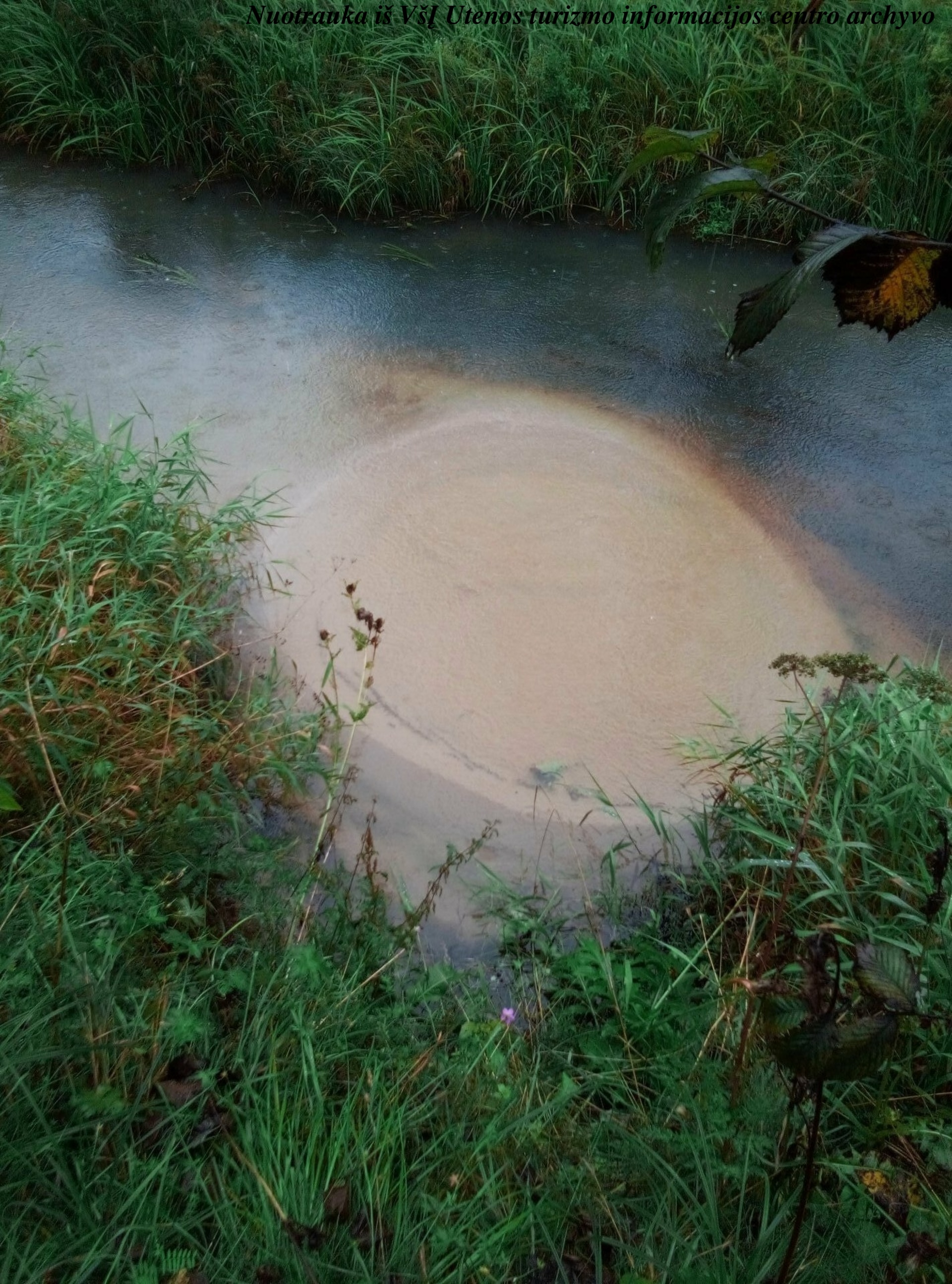The “Laumės Akys” Springs of Rašė

280

0

0
Entering the valley of the Rašė River, about 500 meters from the Utena pond dam, on the left bank of the river, at the foot of a slope approximately 15 meters high, you can observe a unique natural phenomenon – several water springs gushing from deep underground and forming the “Laumės Akys” (Lauma’s Eyes). These springs, as if alive, open and close their sandy "eyes," seemingly trying to convey something mysterious. Over time, more and more of these springs, known as “Laumės Akys,” become visible. The excess water from these springs flows into the Rašė, and the clear water allows you to see these remarkable natural details distinctly. These springs originated centuries ago, forming a deep, suffusion depression created by water rising from the earth's depths.
Info
Whats new?
Nearby attractions
Nearest museums
Nearest entertainment
Nearest food establishments translate this into LT

 Entertainment
Entertainment
 Sightseeing
Sightseeing
 Food establishments
Food establishments





























 55.513006, 25.628528
55.513006, 25.628528
 Get directions
Get directions








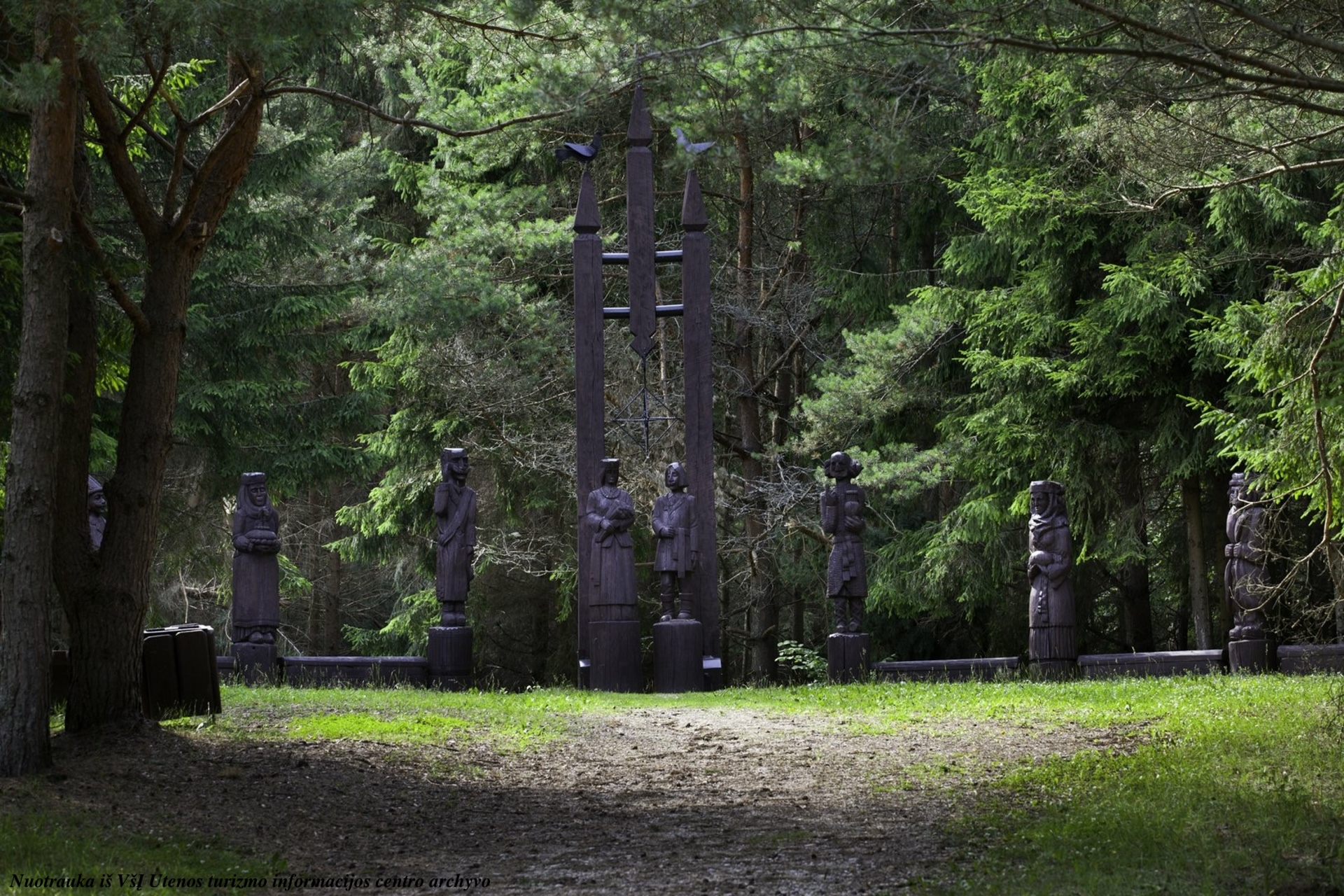
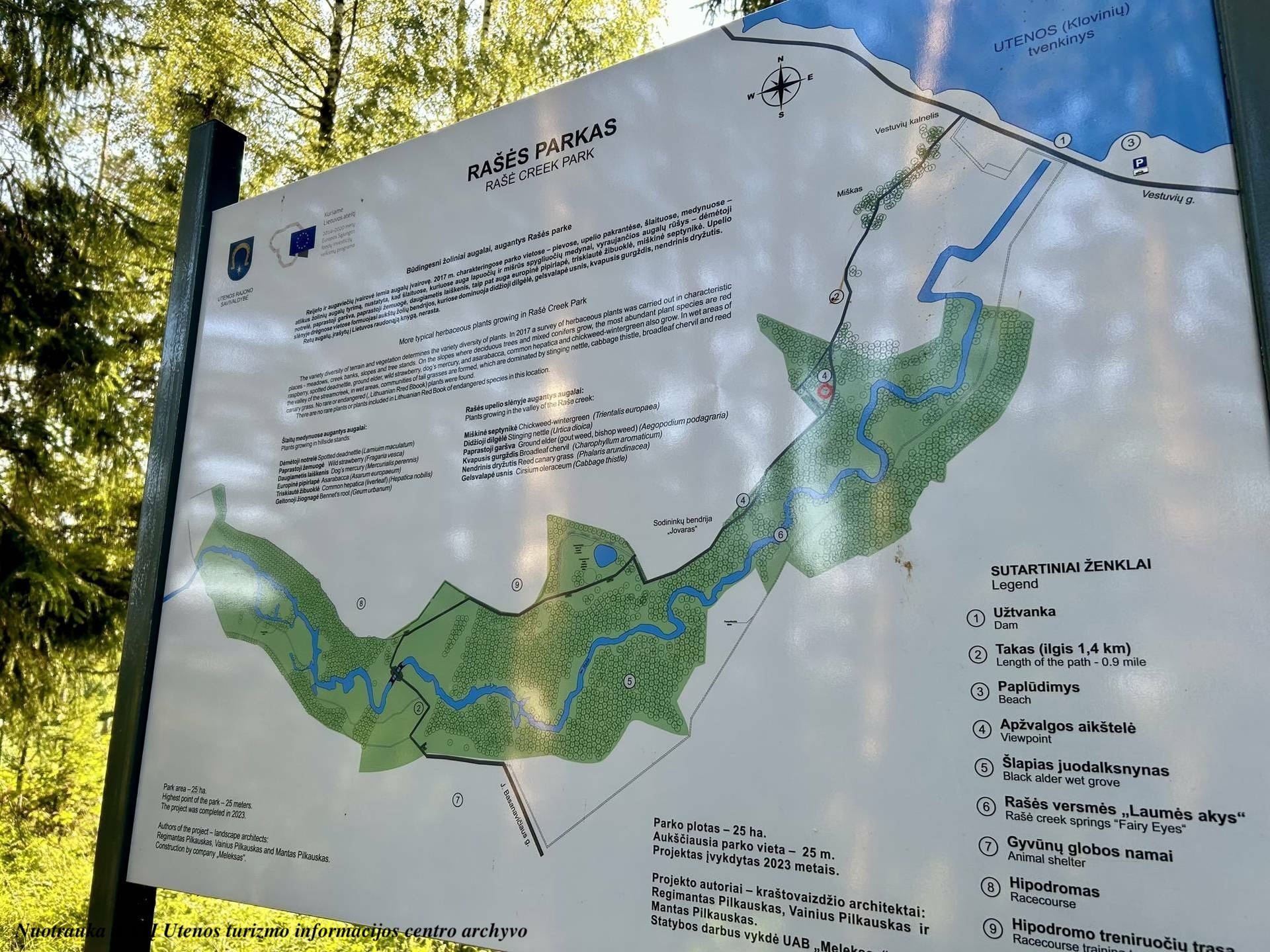
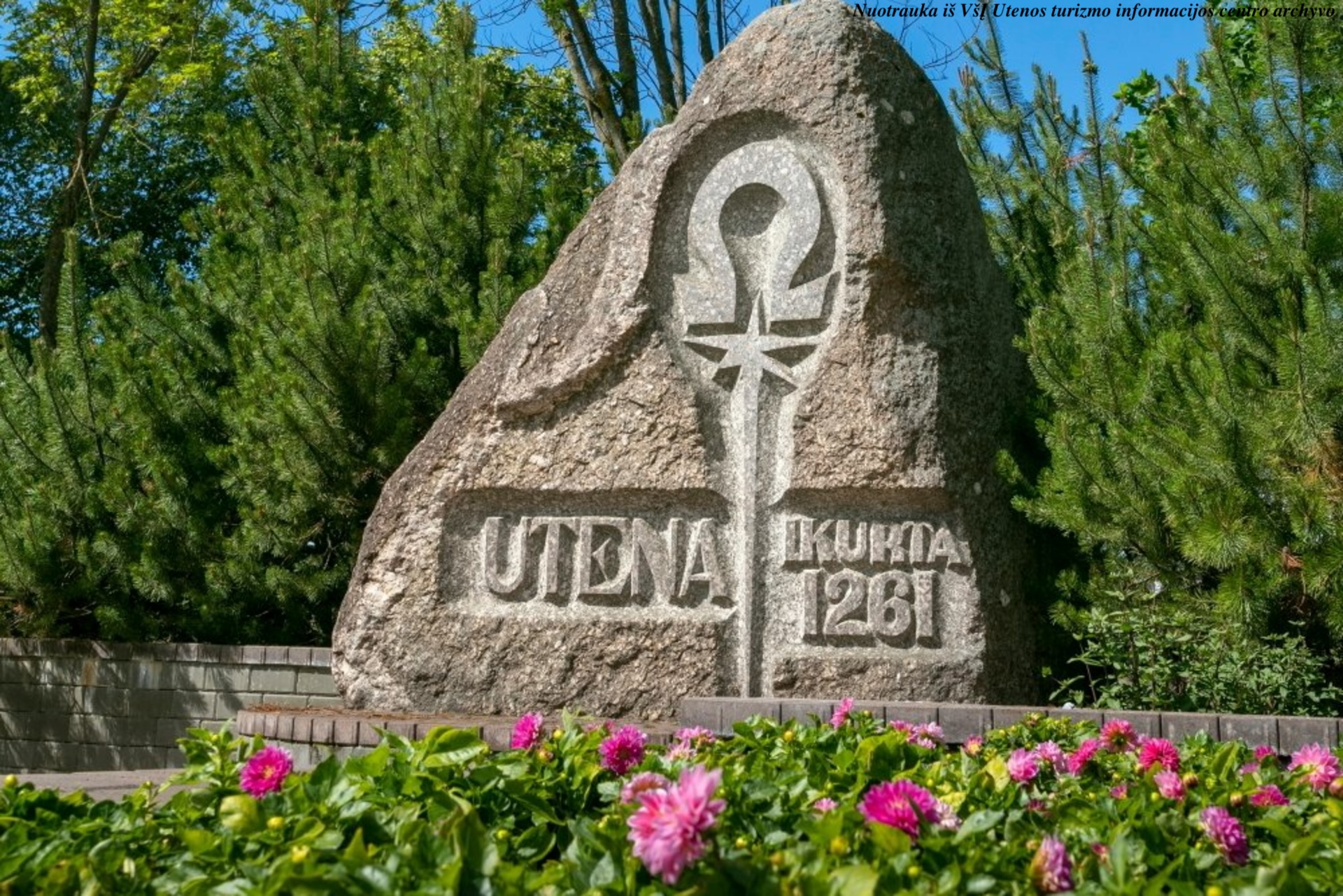
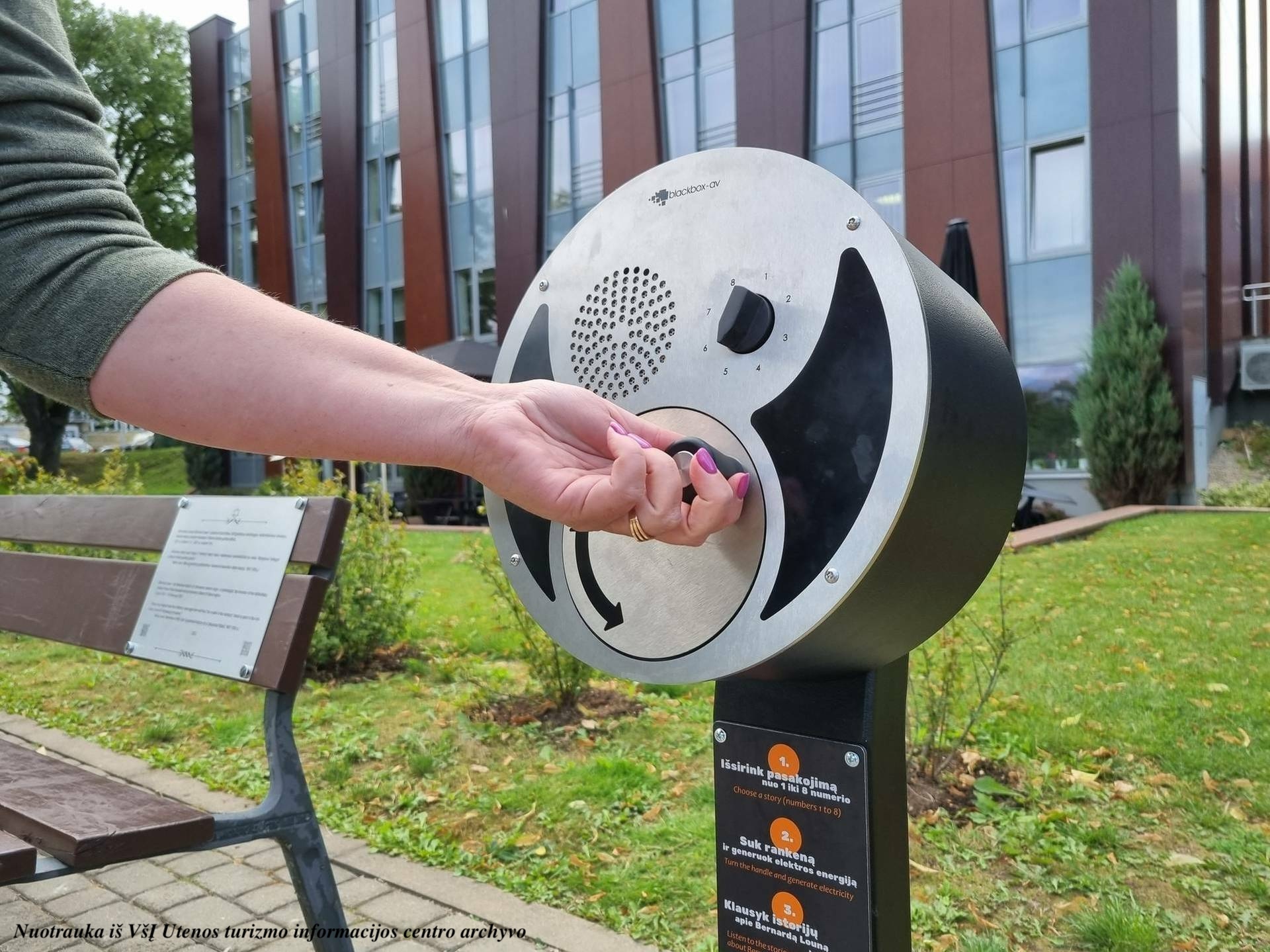
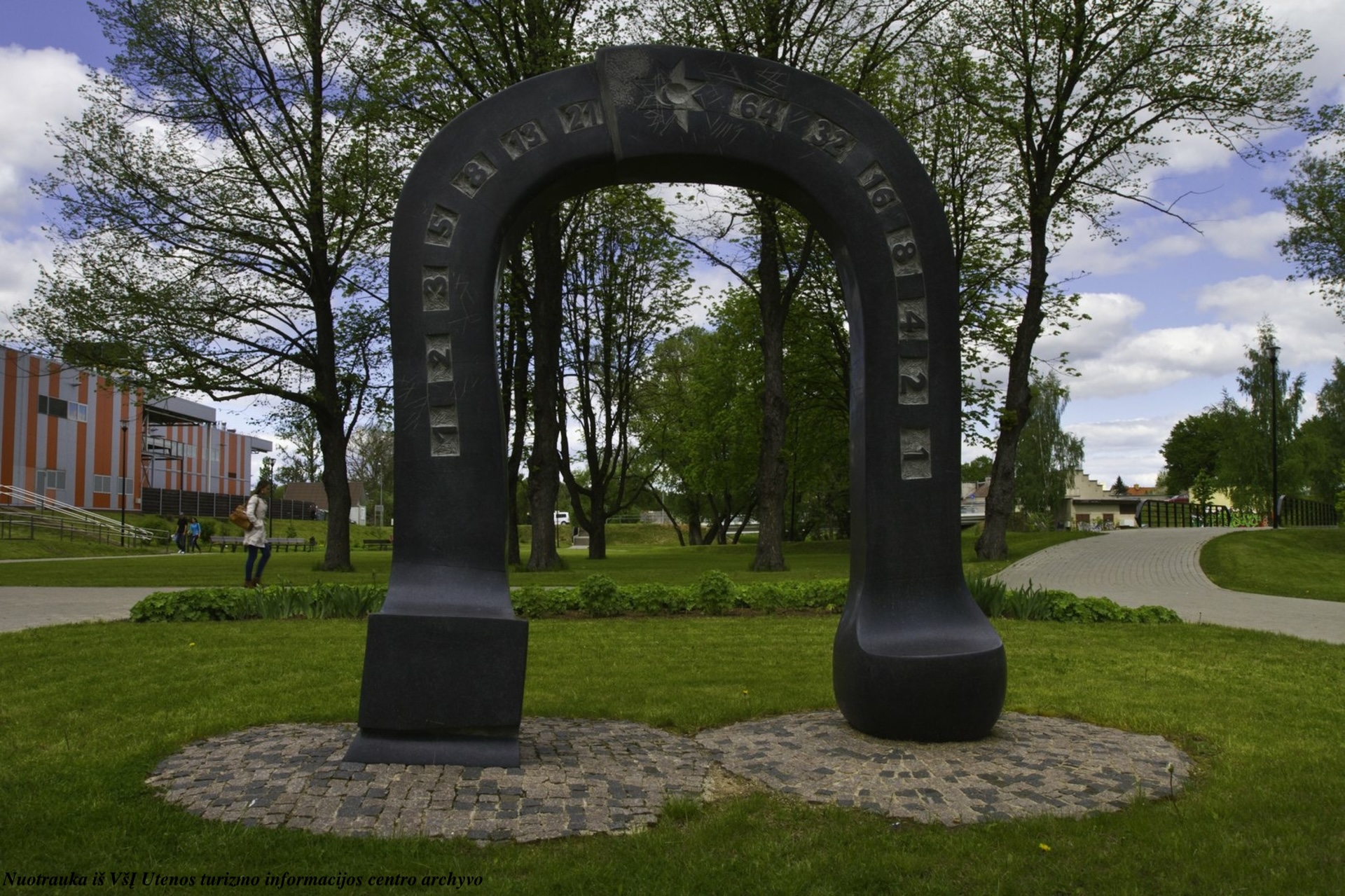
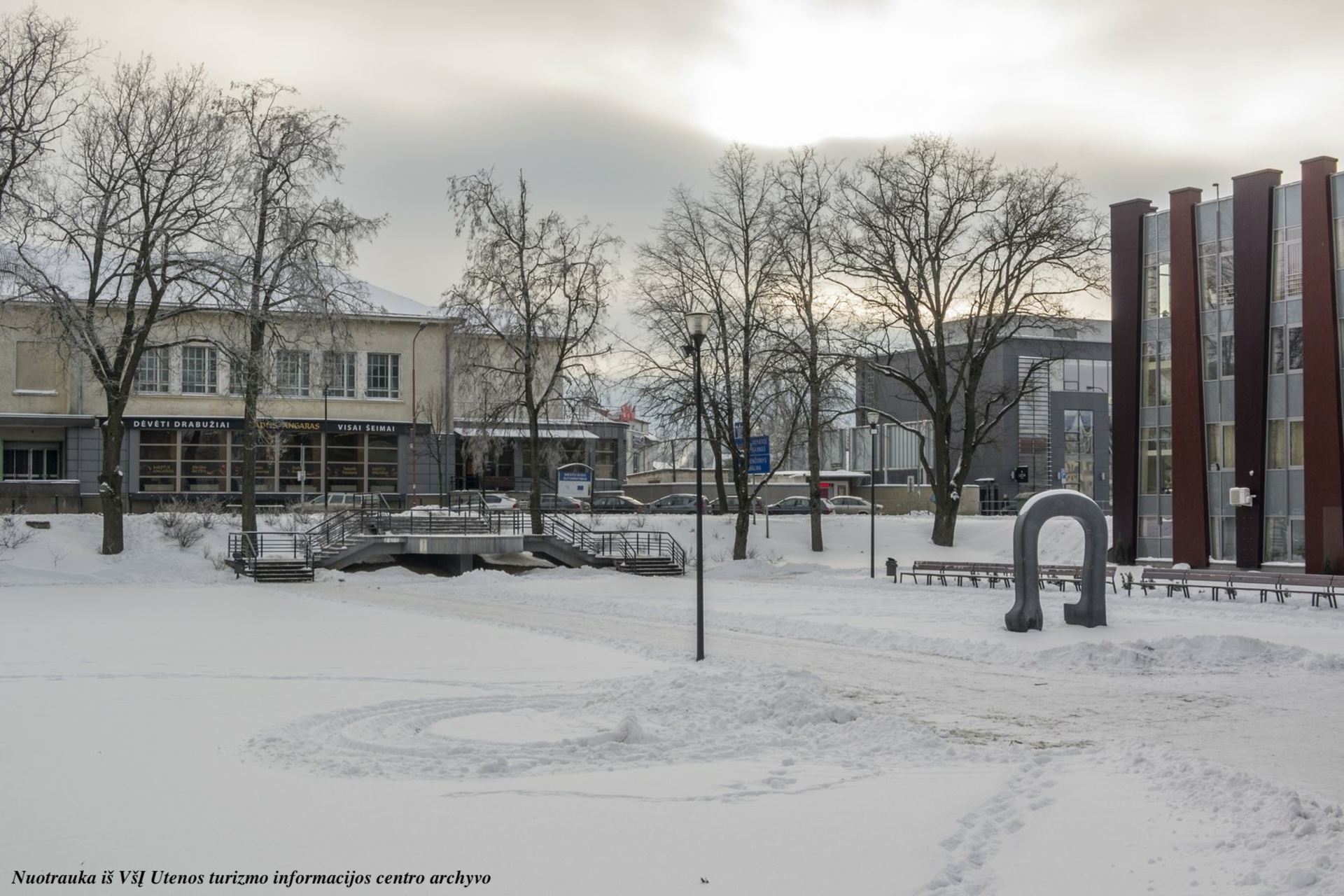
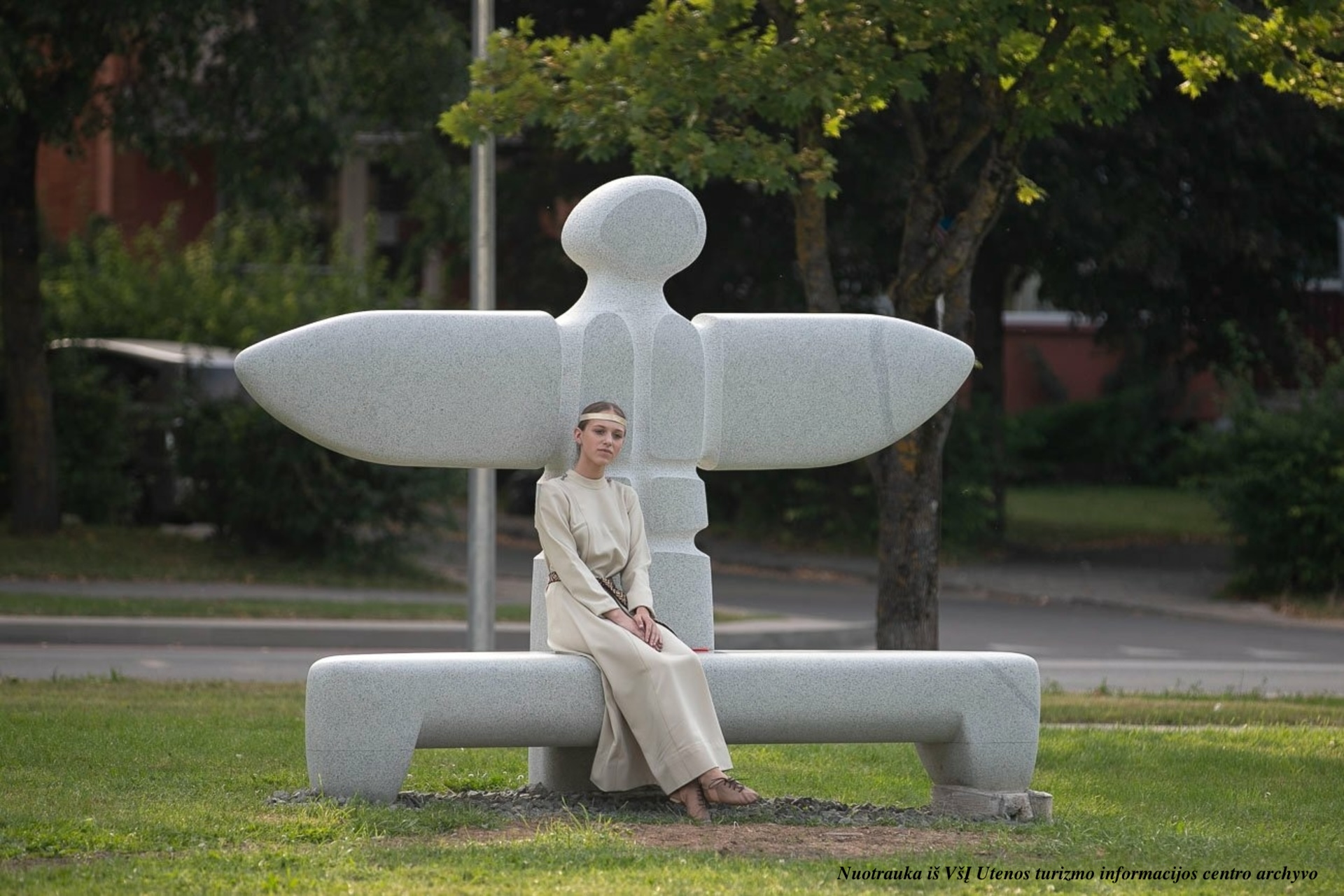
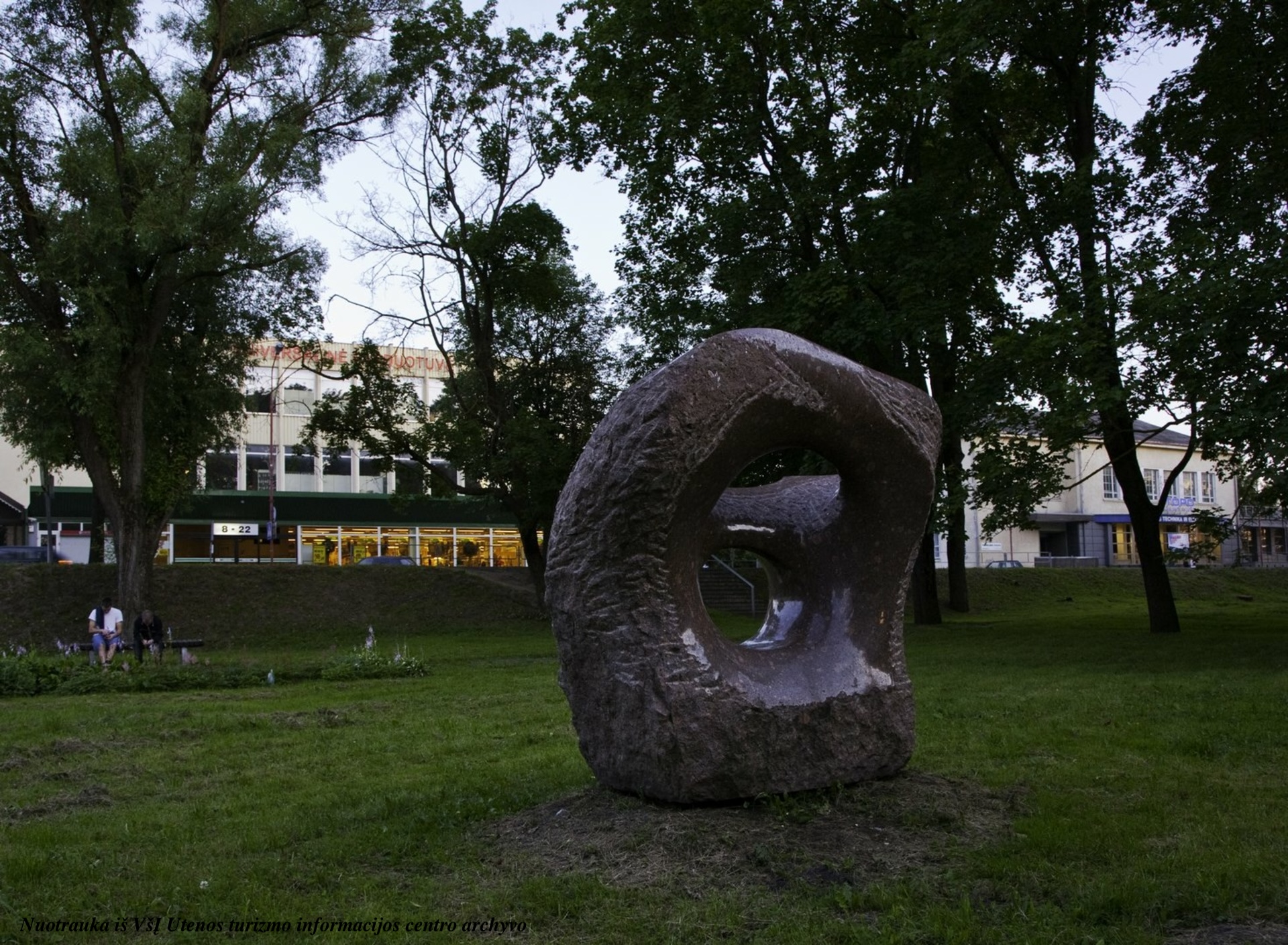
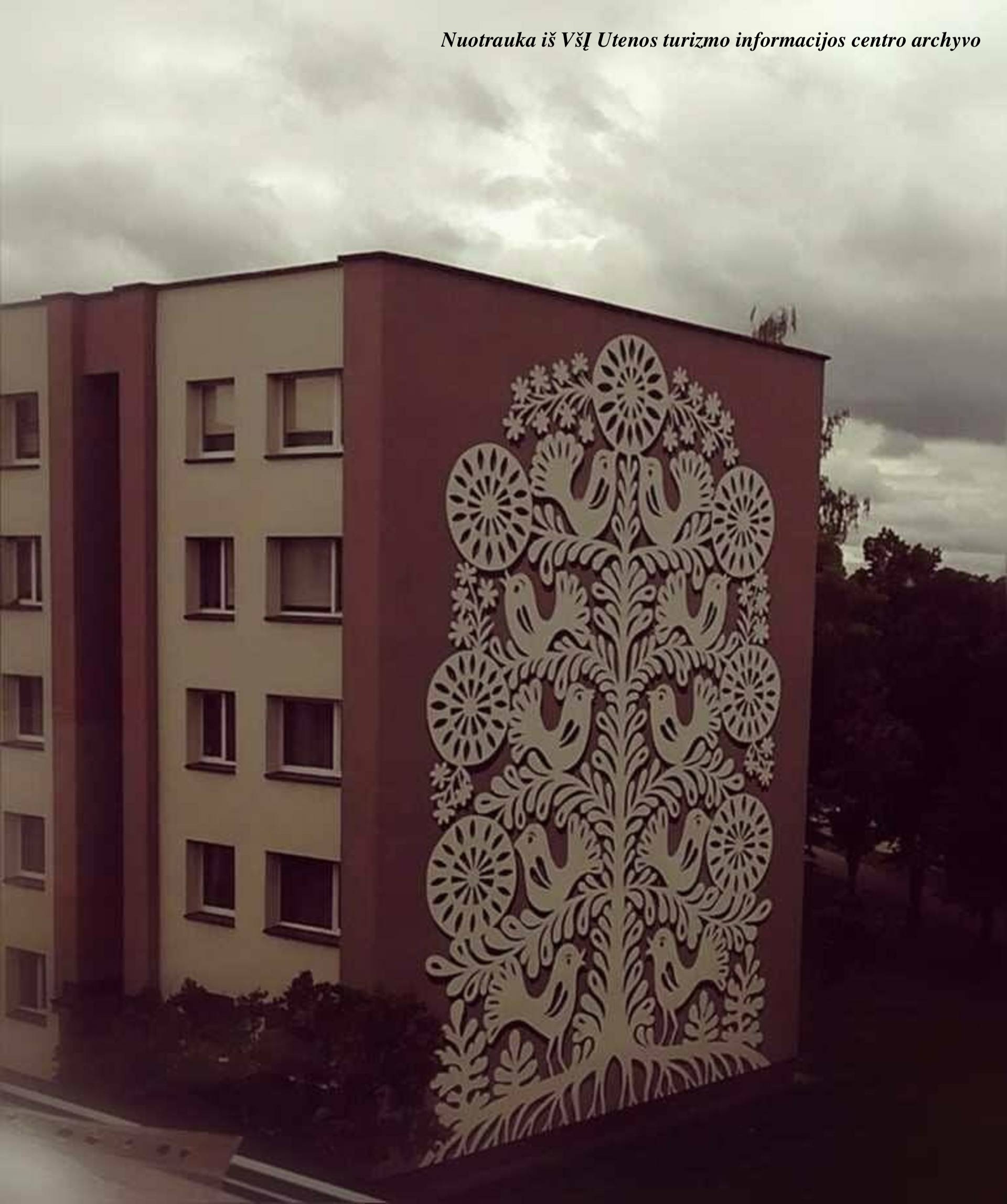
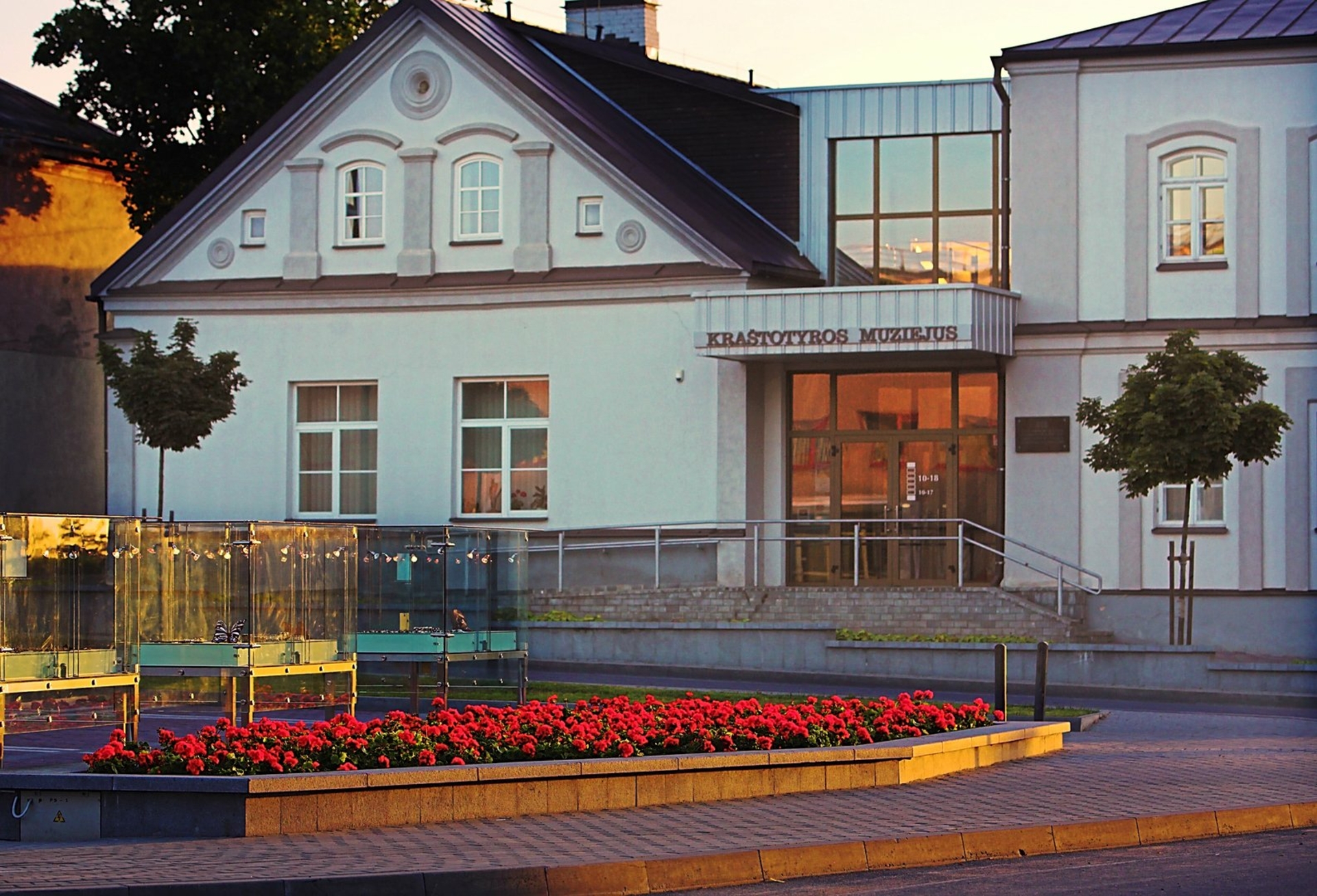



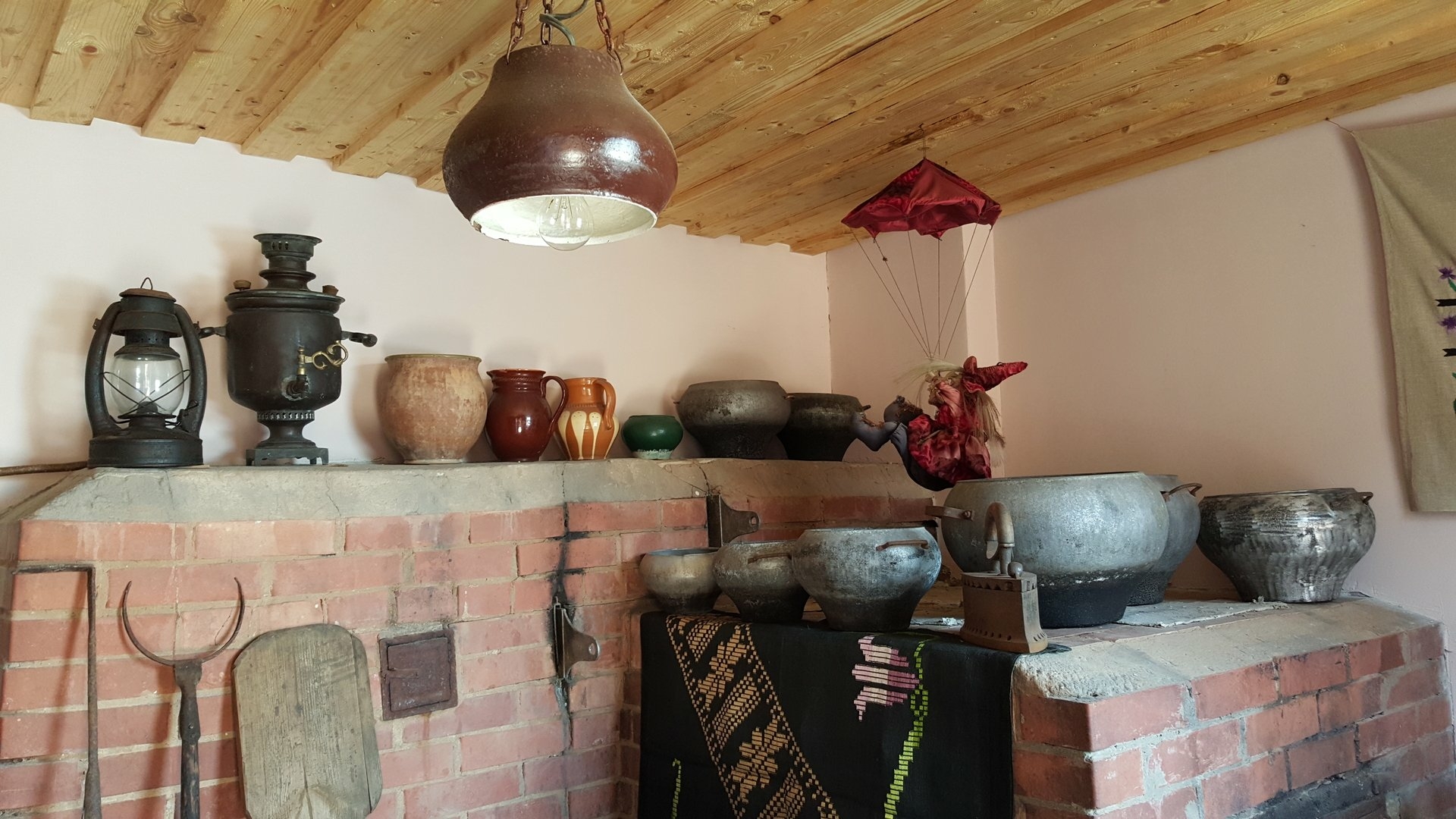

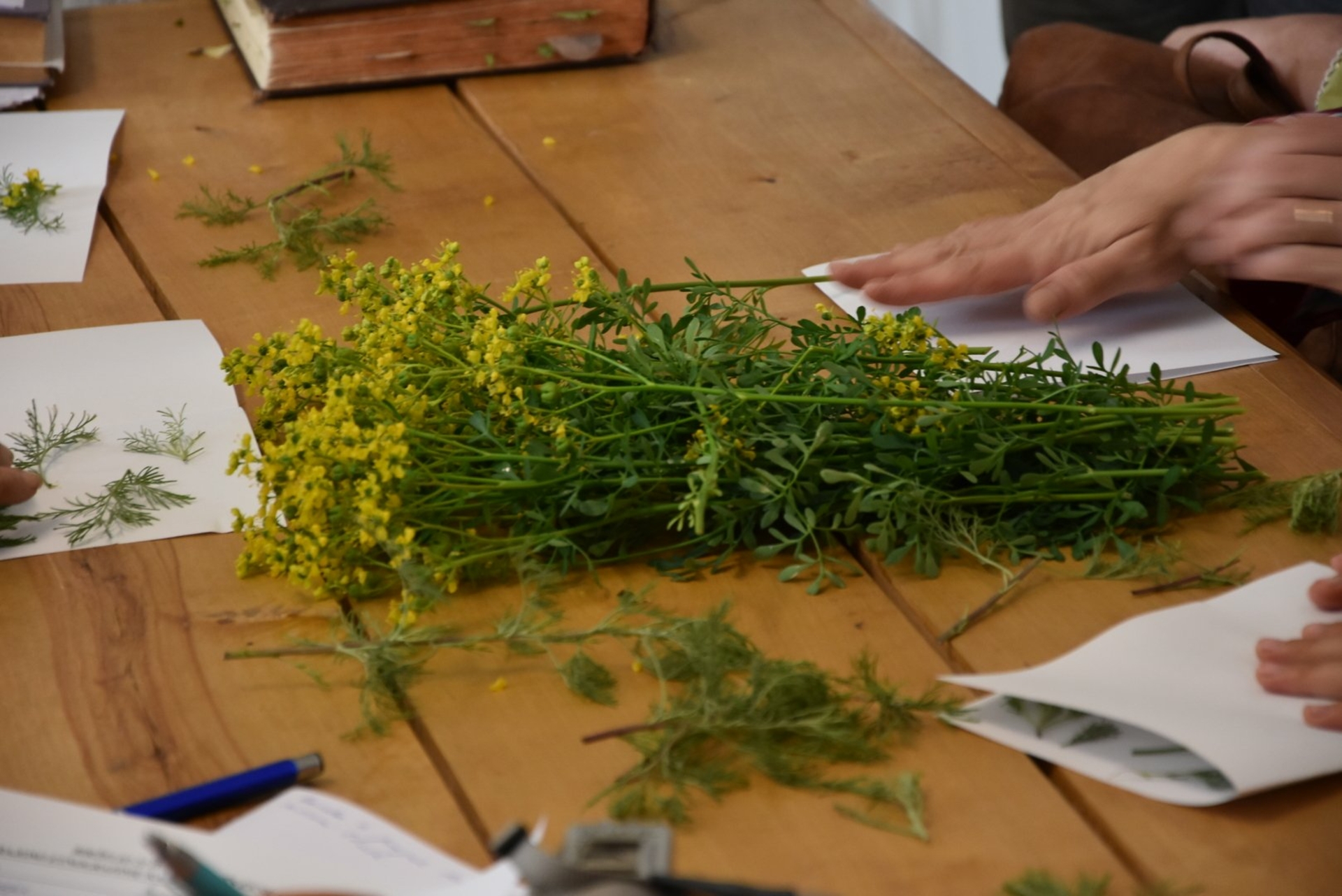


.jpg)


